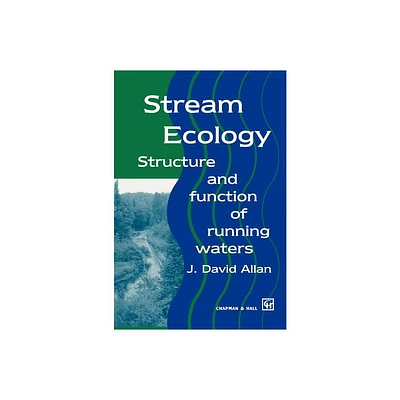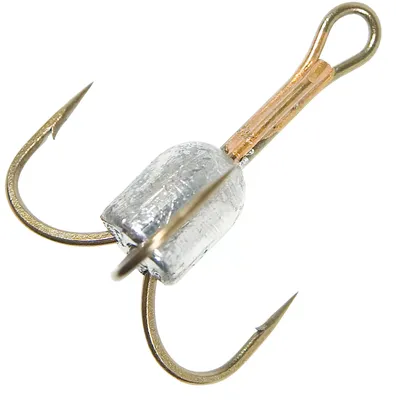Home
Limnoecology: The Ecology of Lakes and Streams / Edition 2
Loading Inventory...
Barnes and Noble
Limnoecology: The Ecology of Lakes and Streams / Edition 2
Current price: $93.00


Barnes and Noble
Limnoecology: The Ecology of Lakes and Streams / Edition 2
Current price: $93.00
Loading Inventory...
Size: OS
*Product Information may vary - to confirm product availability, pricing, and additional information please contact Barnes and Noble
This concise, readable introduction to limnology (the science of investigating the structure and function of inland waters), places the subject in the context of modern ecology. Unlike most ecological textbooks, which use examples taken almost exclusively from terrestrial systems, this book integrates the fields of limnology and ecology by presenting empirical data drawn entirely from freshwater ecosystems in order to advance ecological theories (limnoecology).
This second edition builds upon the strengths of the first with the structure of the book following the same hierarchical concept of ecology, from habitat properties, individuals, populations, coupled populations and communities to ecosystems. However, it has been thoroughly revised throughout to incorporate findings from new technologies and methods (notably the rapid development of molecular genetic methods and stable isotope techniques) that have allowed a rapid and ongoing development of the field. There is a new emphasis on food webs, species diversity and ecosystem functioning, climate change, and conservation management. Key ecological questions are examined in the light of the latest experimental evidence. Throughout the text evolutionary theory is applied to an understanding of freshwater ecosystems, thereby filling a niche between traditional limnology and evolutionary ecology.
This accessible text is suitable for both undergraduate and graduate students taking courses in limnology, freshwater ecology, and aquatic biology as well as the many professional limnologists, ecologists and conservation biologists requiring a concise but authoritative overview of the topic.
This second edition builds upon the strengths of the first with the structure of the book following the same hierarchical concept of ecology, from habitat properties, individuals, populations, coupled populations and communities to ecosystems. However, it has been thoroughly revised throughout to incorporate findings from new technologies and methods (notably the rapid development of molecular genetic methods and stable isotope techniques) that have allowed a rapid and ongoing development of the field. There is a new emphasis on food webs, species diversity and ecosystem functioning, climate change, and conservation management. Key ecological questions are examined in the light of the latest experimental evidence. Throughout the text evolutionary theory is applied to an understanding of freshwater ecosystems, thereby filling a niche between traditional limnology and evolutionary ecology.
This accessible text is suitable for both undergraduate and graduate students taking courses in limnology, freshwater ecology, and aquatic biology as well as the many professional limnologists, ecologists and conservation biologists requiring a concise but authoritative overview of the topic.


















